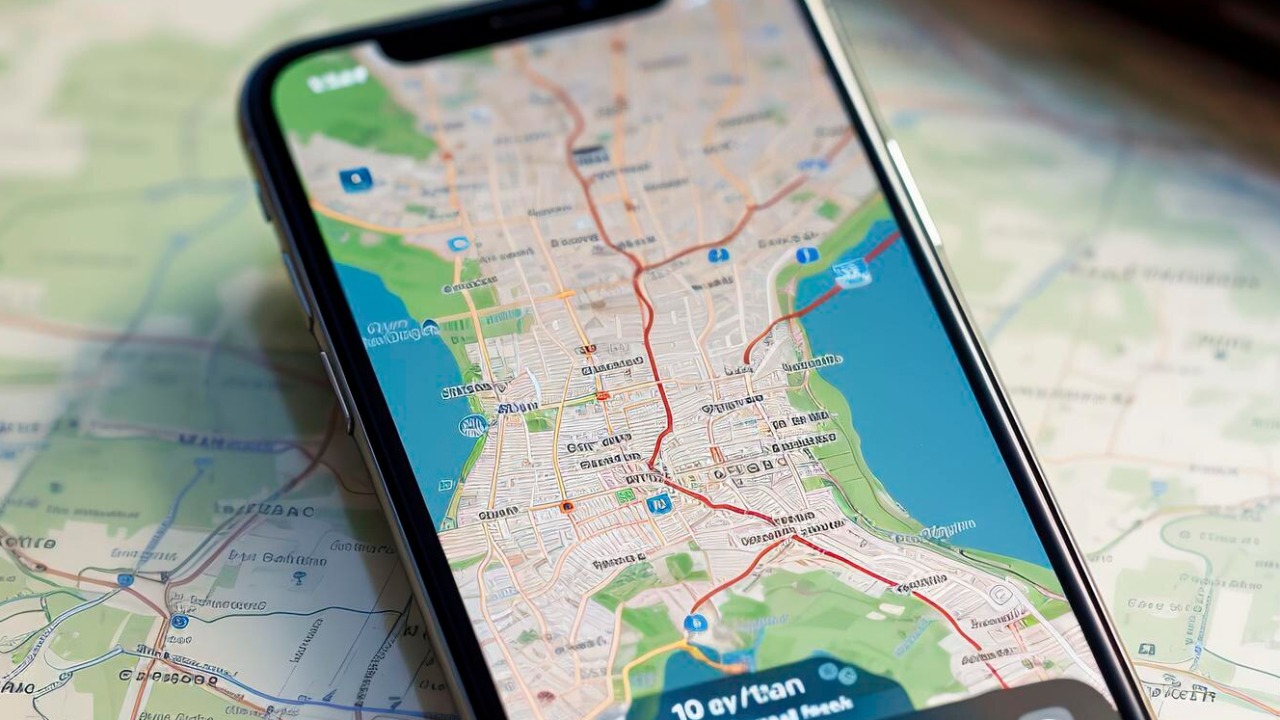
The latest update to Apple Maps in iOS 26 has introduced a feature that automatically tracks the places users visit, creating a personalized history of favorite spots. This enhancement, aimed at improving user experience, has been met with both enthusiasm and privacy concerns. For those who prefer not to have their locations tracked, guidance on disabling this feature has been made available.
New Tracking Feature in iOS 26
Apple Maps in iOS 26 now keeps a record of the places you frequent, logging these locations automatically to create a personalized history. This feature is integrated with existing tools in Maps, such as search and navigation, to highlight frequently visited spots without the need for manual input. This is a significant shift from previous versions of iOS, where users had to manually add locations to their favorites list.
The new tracking feature is designed to enhance the user experience by proactively identifying and suggesting favorite places based on visitation patterns. This means that the more you use Apple Maps, the better it gets at understanding your routines and preferences, making your interactions with the app more seamless and personalized.
Timeline of the Announcement
The tracking feature was first reported on October 22, 2025, by the Hindustan Times, which highlighted the ability of Apple Maps to keep a record of the places users visit. This was followed by coverage on October 26, 2025, by Popular Science, which focused on the feature’s emphasis on tracking favorite places in iOS 26.
The timing of these announcements aligns with Apple’s typical fall software reveal patterns, suggesting that the company was gearing up for an immediate rollout of the new feature. This is consistent with Apple’s strategy of introducing significant software updates in the fall, often coinciding with the release of new hardware.
User Benefits and Enhancements
The tracking of favorite places offers several benefits to users. For instance, it can streamline daily routines by providing quick access to frequently visited locations such as home, work, or other recurring destinations. This eliminates the need to manually search for these locations each time you use Apple Maps.
Furthermore, iOS 26 leverages AI-driven suggestions to enhance user experience. By analyzing your visited data, the system can recommend routes or nearby services based on your patterns. This represents a significant improvement over iOS 25, where location history was less automated and required more user setup for personalization.
Privacy Concerns Raised by the Update
While the new tracking feature offers several benefits, it has also sparked privacy concerns among users. The automatic tracking of places visited has been a point of discussion since the launch of iOS 26, with some users expressing discomfort with the idea of their movements being recorded.
However, it’s important to note that Apple has always maintained a privacy-first stance, often contrasting itself with rivals that rely heavily on user data. The company has not clarified whether the tracked data is stored on-device or synced to the cloud, but it’s likely that Apple will prioritize user privacy in either scenario. This is a departure from earlier versions of iOS, where location tracking was opt-in only and is now enabled by default for broader utility.
How to Manage and Disable Tracking
For users who prefer not to have their locations tracked, Apple has provided a way to disable this feature. You can turn off the tracking by navigating to Settings > Privacy & Security > Location Services > Apple Maps, as detailed in the Hindustan Times.
Additionally, you have the option to clear your existing visited places history directly in the Apple Maps app under personal data sections. However, it’s worth noting that disabling this feature may affect related functionalities such as personalized search in Maps, which relies on your location history to provide tailored suggestions.
More from MorningOverview